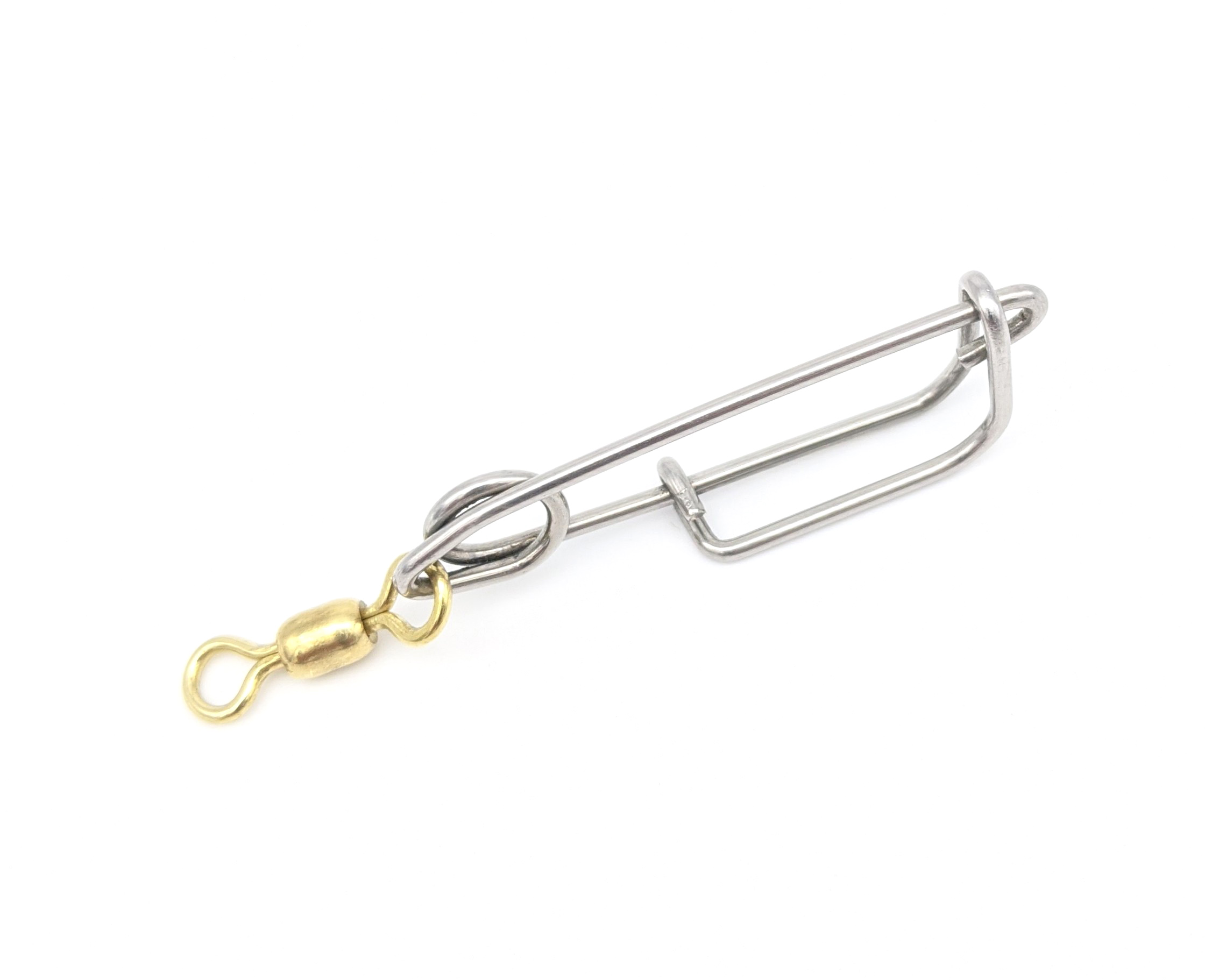Get unique, complex parts easily. No matter your requirements, Chaoyi Spring creates hard-to-produce coil springs and wire forms.
Let us help you create the custom wire form you need, from S-hooks and J-hooks to utility hooks and more.
We work closely with customers across a wide range of industries, helping them design and manufacture made-to-order parts.
Why choose Chaoyi Spring? We prioritize customer-focused collaboration, modern equipment and the latest technology to make your parts per print.
Find the information and guidance you need, from measuring a spring to learning about materials, placing an order and much more.
When it comes to designing and building anything from mechanical systems to household appliances, springs are essential components. But choosing the right spring for your specific application requires understanding the


When it comes to designing and building anything from mechanical systems to household appliances, springs are essential components. But choosing the right spring for your specific application requires understanding the different types available, particularly the difference between compression springs and tension springs. This guide will delve into the distinct characteristics and applications of each, helping you make an informed decision for your project.

Compression springs, as the name suggests, are designed to resist compression forces. They are typically coiled, and when a load is applied, they shorten in length. Imagine the spring inside a ballpoint pen. When you press the button, the compression spring compresses, pushing the pen's tip out. This is a simple illustration of how compression springs work.
These springs are ideal for applications that require a force to be applied in a specific direction. Some examples include:
Tension springs, on the other hand, work in the opposite way. They are designed to resist tension forces. These springs are typically coiled with a hook or loop at each end. When a force is applied to stretch the spring, it tries to return to its original length. Imagine a garage door spring. It's constantly under tension, pulling the door up, and you need to apply a force to open it. That force overcomes the tension spring's resistance.
Tension springs are commonly used in applications where a force is needed to pull or hold something in place. Some examples include:
So, how do you choose between a compression spring and a tension spring? The decision boils down to the specific requirements of your application. Consider the following factors:
The spring rate, often denoted by 'k', is a crucial factor in spring selection. It represents the stiffness of the spring and is measured in units of force per distance. For instance, a spring with a rate of 10 N/mm means that it requires 10 Newtons of force to compress it by 1 millimeter.
The spring rate is directly related to the material used, the spring's dimensions, and the number of coils. A stiffer spring will have a higher spring rate, requiring more force to compress or extend it. Understanding the spring rate is crucial for ensuring that the spring will provide the desired force and performance in your application.
Compression springs and tension springs are both valuable components in various applications. Compression springs push, while tension springs pull. By understanding the fundamental differences between them and considering the specific needs of your project, you can select the right spring for optimal performance and long-lasting functionality. If you're unsure, consulting with a spring specialist can ensure that you get the best spring for your application.
Remember, the right spring can make all the difference in the success of your project. Don't hesitate to seek expert advice if needed. Happy spring-ing!
Browse some of the custom wire forms and springs that we manufacture. Don’t see what you need? We specialize in made-to-order products that meet your application requirements.
Visit Our GalleryNeed a custom wire form or coil spring? We make it work. Fill out the contact form and a representative will respond within 1 business day. If you have a PDF or CAD file, you can submit to request a quote.